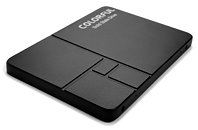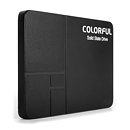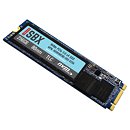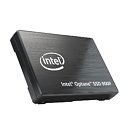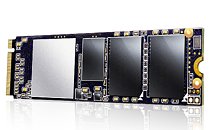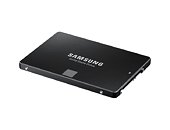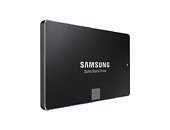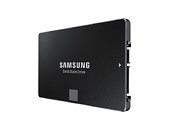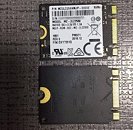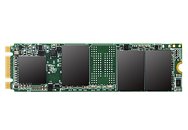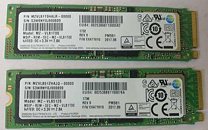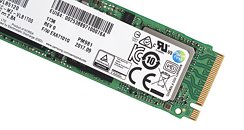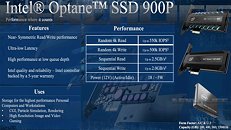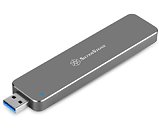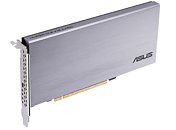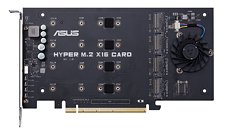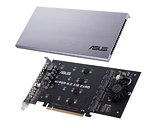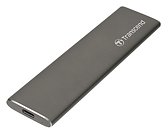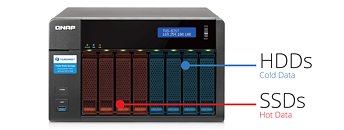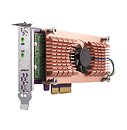
COLORFUL Releases New Plus Series Solid-State Drive
Colorful Technology Company Limited, professional manufacturer of graphics cards, motherboards and high-performance storage solutions, is thrilled to announce the release of a new series of SSD from COLORFUL: the new PLUS Series SSD. Available in capacities up to 640GB, the COLORFUL PLUS Series SSD offers the latest in 3D TLC NAND Flash technology along with a new SMI SM2258XT controller offering a new NAND Flash configuration while still offering competitive endurance, capacity and price.
The COLORFUL Plus Series SSD are expected to ship to distributor by November and will be available in three capacities: 160GB(SL300 Plus 160G), 320GB (SL500 Plus 320G) and 640GB (SL500 Plus 640G).
The COLORFUL Plus Series SSD are expected to ship to distributor by November and will be available in three capacities: 160GB(SL300 Plus 160G), 320GB (SL500 Plus 320G) and 640GB (SL500 Plus 640G).

